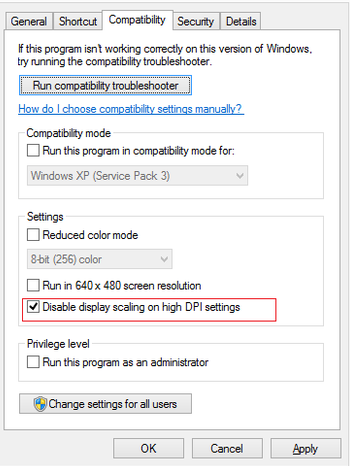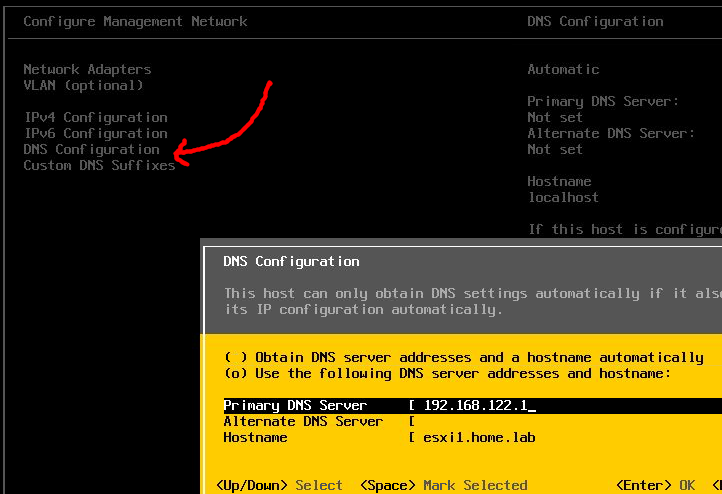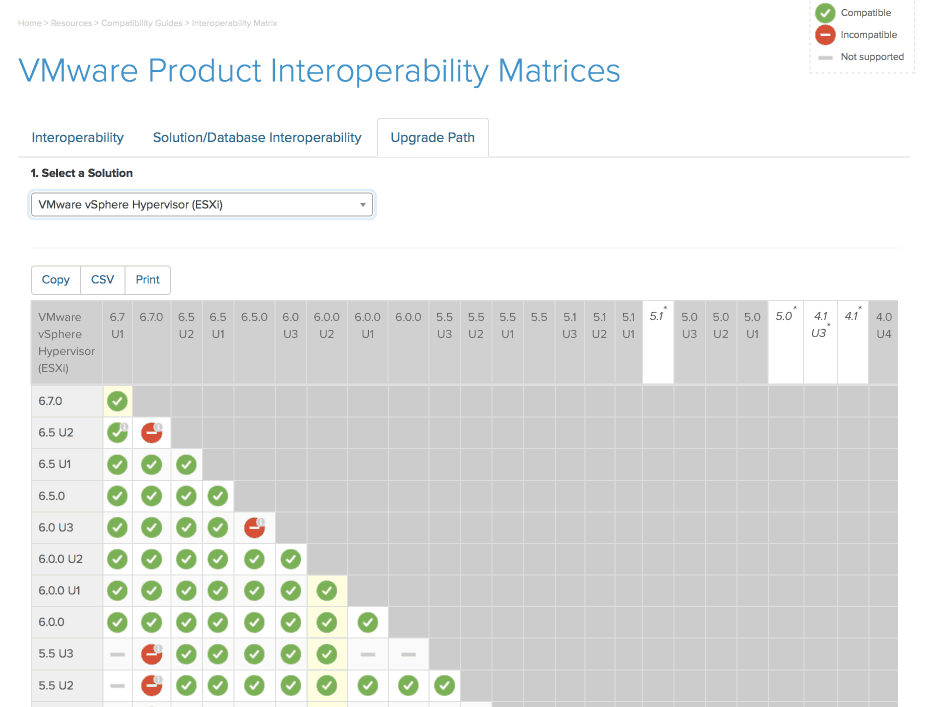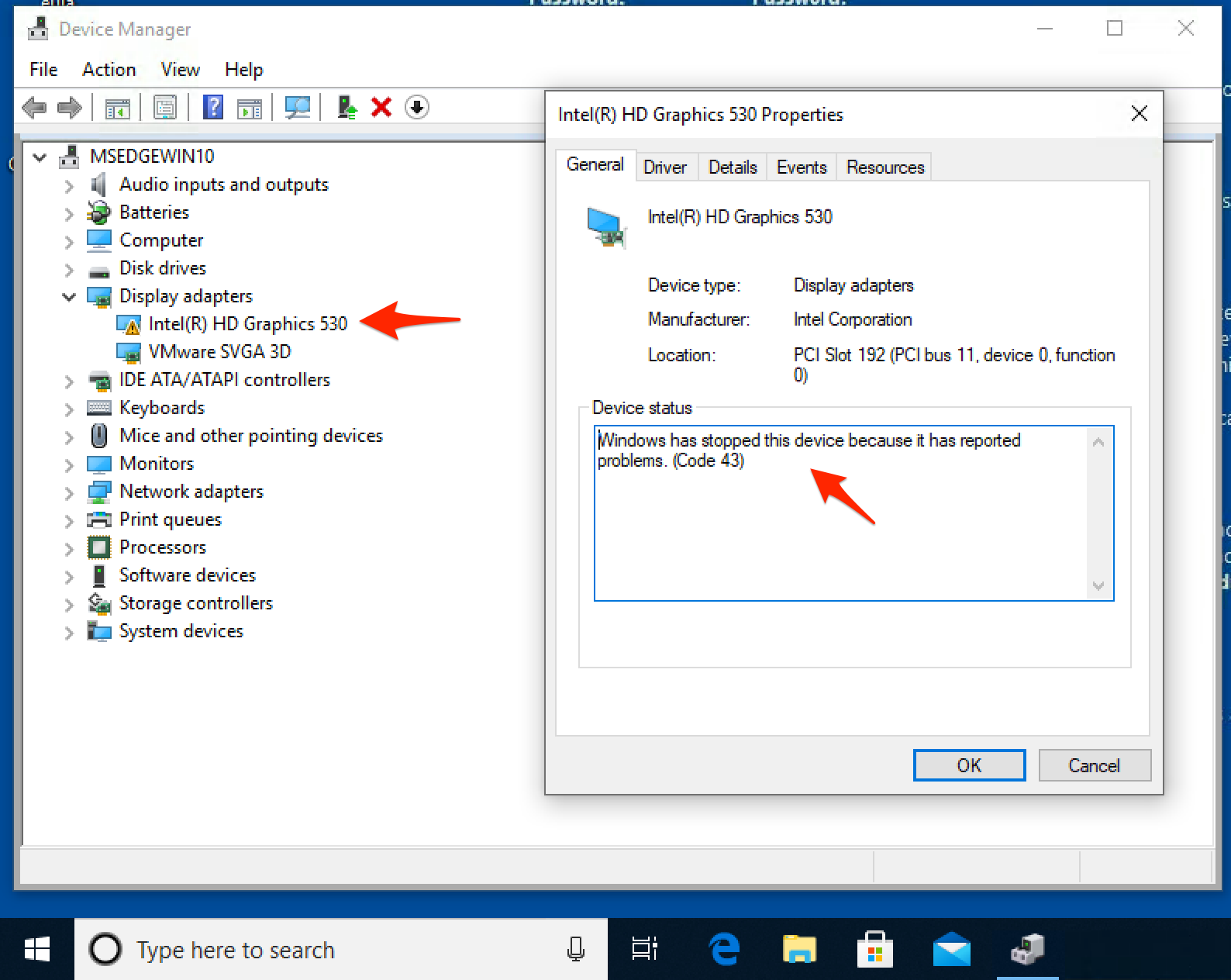

- VMWARE ESXI 6.7 HOST GRAPHICS SETTINGS 64 BIT
- VMWARE ESXI 6.7 HOST GRAPHICS SETTINGS UPDATE
- VMWARE ESXI 6.7 HOST GRAPHICS SETTINGS SOFTWARE
- VMWARE ESXI 6.7 HOST GRAPHICS SETTINGS PLUS
- VMWARE ESXI 6.7 HOST GRAPHICS SETTINGS WINDOWS


VMWARE ESXI 6.7 HOST GRAPHICS SETTINGS PLUS
This feature is available only with Standard or Enterprise Plus editions and still is one of the distinct features of vSphere compared to other hypervisors (actually Microsoft Hyper-V does not implement it, but for example Nutanix AHV already has this feature).
VMWARE ESXI 6.7 HOST GRAPHICS SETTINGS WINDOWS
On Windows Server Datacenter edition it’s also possible hot-remove the sockets, for other OSes you need to shutdown the VM to remove the sockets. Note that is possible only hot-add socket with the same number of cores of the existing sockets… The number of cores cannot be changed on a running VM. Now you can hot-add a new socket (or more) to a running VM.

VMWARE ESXI 6.7 HOST GRAPHICS SETTINGS UPDATE
To make the example much clear and specific, we will consider a VM running on vSphere 6.7 Update 1. Now let’s provide more information about some of the different resources and some tips and notes about how changing the hardware resources on a running VM. The following table summarize the different operations on a running VM with a “recent” guest OS: Type of resourceĬould be possible but usually not implementedĬould be possible (not on IDE devices) but usually not implemented This really depends by the hypervisor and its version (and sometimes also by its edition), but there are a lot of possibility. VM hardware resources hot changesīut which kind of resources is possible to modify on a running VM? Recently also virtual GPU are becoming more popular also on some server workload, due to the needs of specific computational tasks that are better performed on general purpose GPU, instead of a general-purpose CPU (note that vSphere 6.7U1 add the ability to vMotion VMs with virtual GPU). There are also the PCI devices, other SCSI device, the virtual FC ports, and several other type of storage devices (like NVMe and SATA based). On VMware vSphere it’s possible add a lot of hardware devices to a VM: Or are needed for some basic operations, like, for example, installing the guest OS where a video driver, a keyboard and a mouse device are needed to use the remote console. Then there can be also additional hardware components, that maybe are not mandatory, but maybe are useful on specific use cases.
VMWARE ESXI 6.7 HOST GRAPHICS SETTINGS 64 BIT
VMWARE ESXI 6.7 HOST GRAPHICS SETTINGS SOFTWARE


 0 kommentar(er)
0 kommentar(er)
